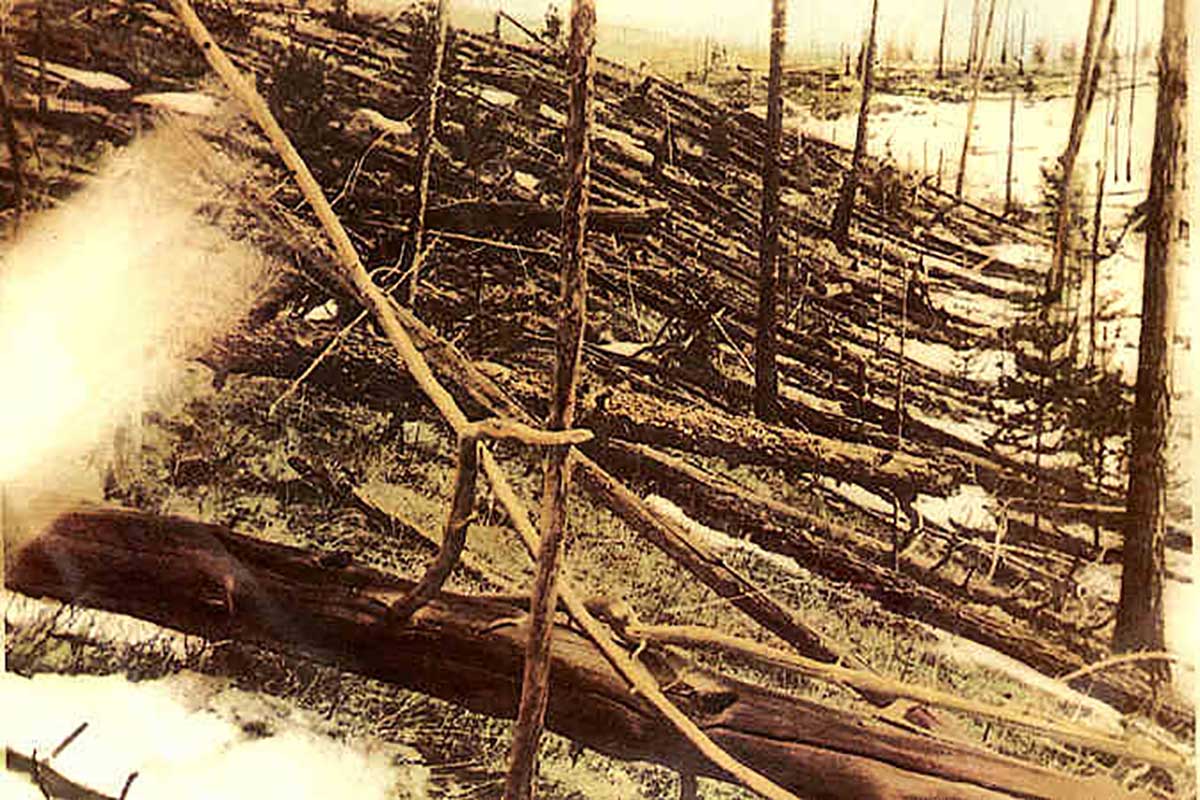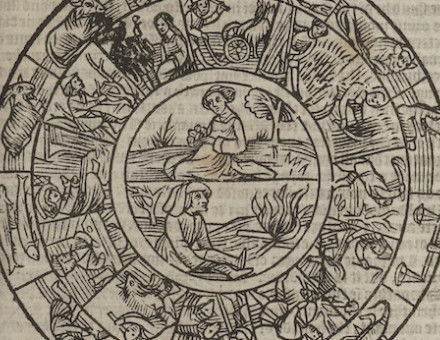The Tunguska Event
Nigel Watson recalls a mysterious explosion that occurred in deepest Siberia on 30 June 1908.

At 7.17am on June 30th, 1908, a huge object exploded six miles above the Stony Tunguska River area, central Siberia, causing an atmospheric shockwave that circled the Earth twice. For the following two nights the skies of Europe and Asia were unusually bright. The glare in the sky was compared to the atmospheric effects that followed the volcanic eruption at Krakatoa in 1883.





